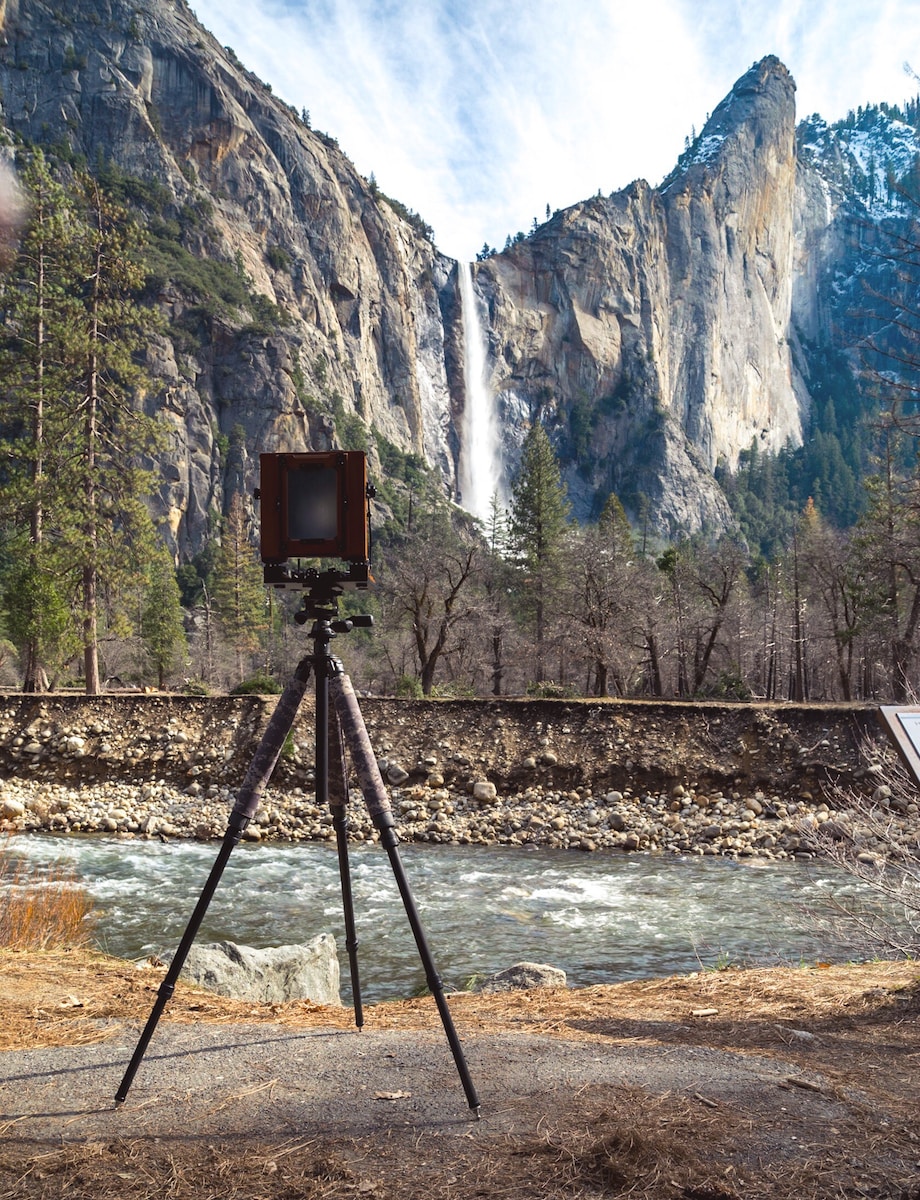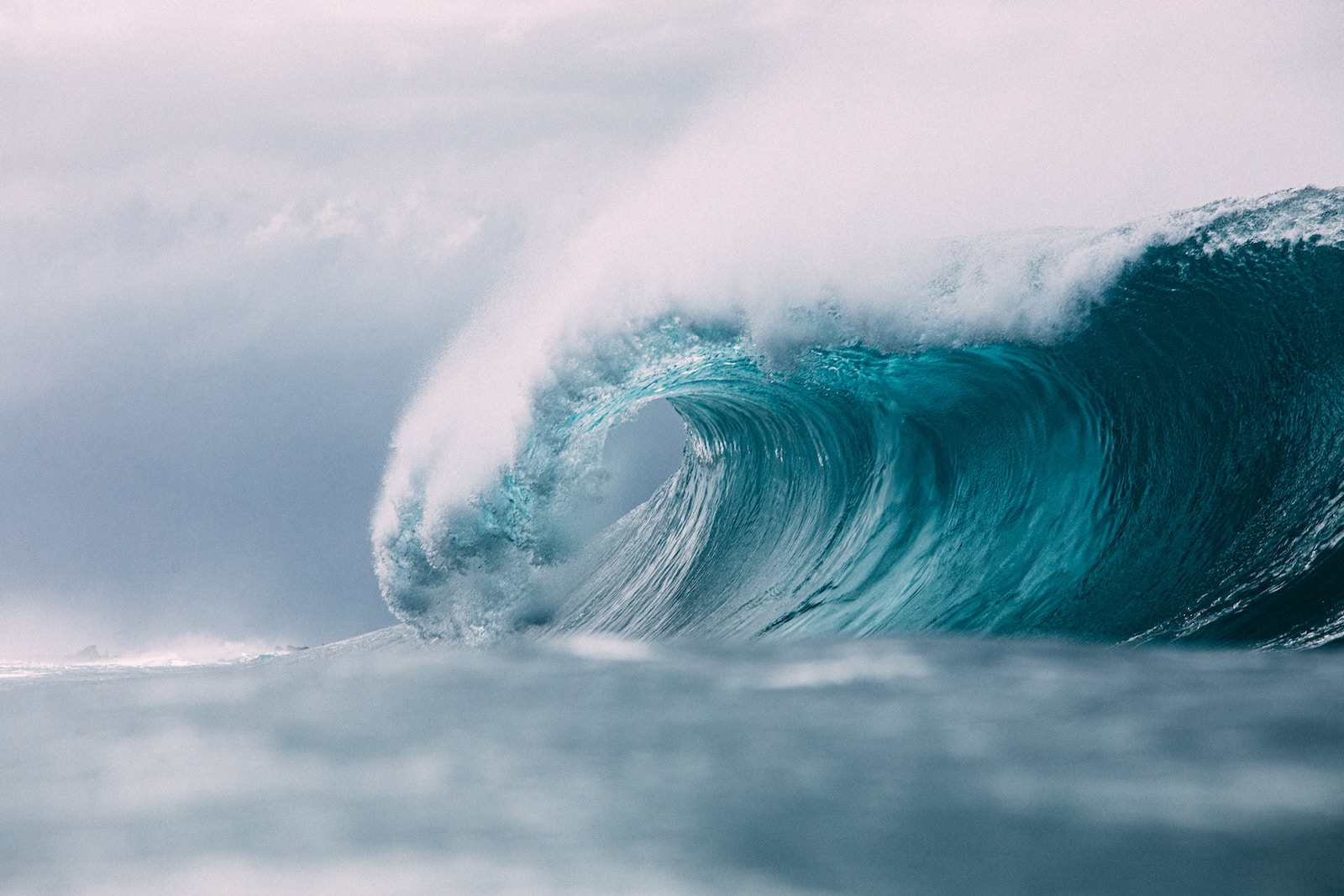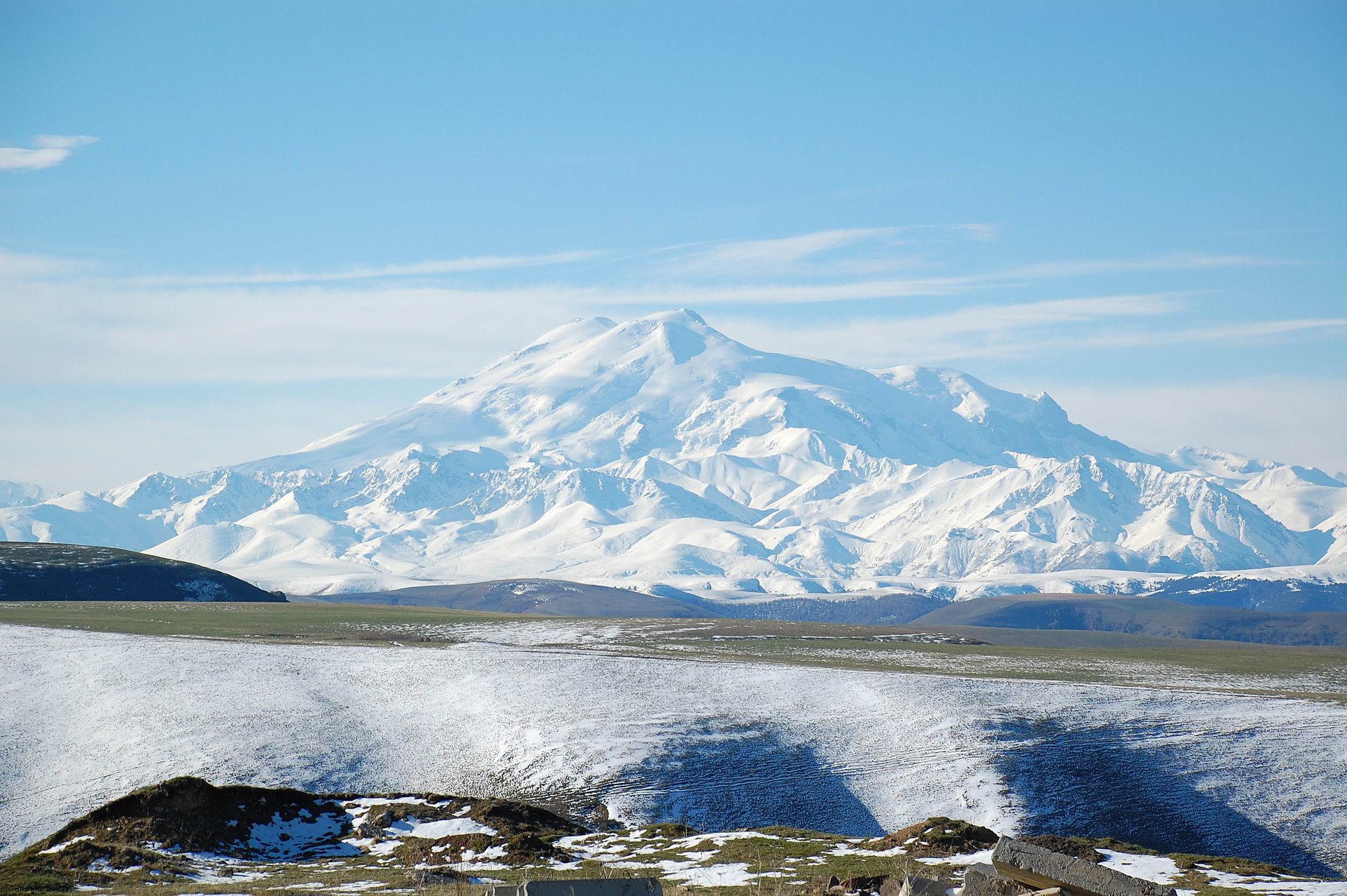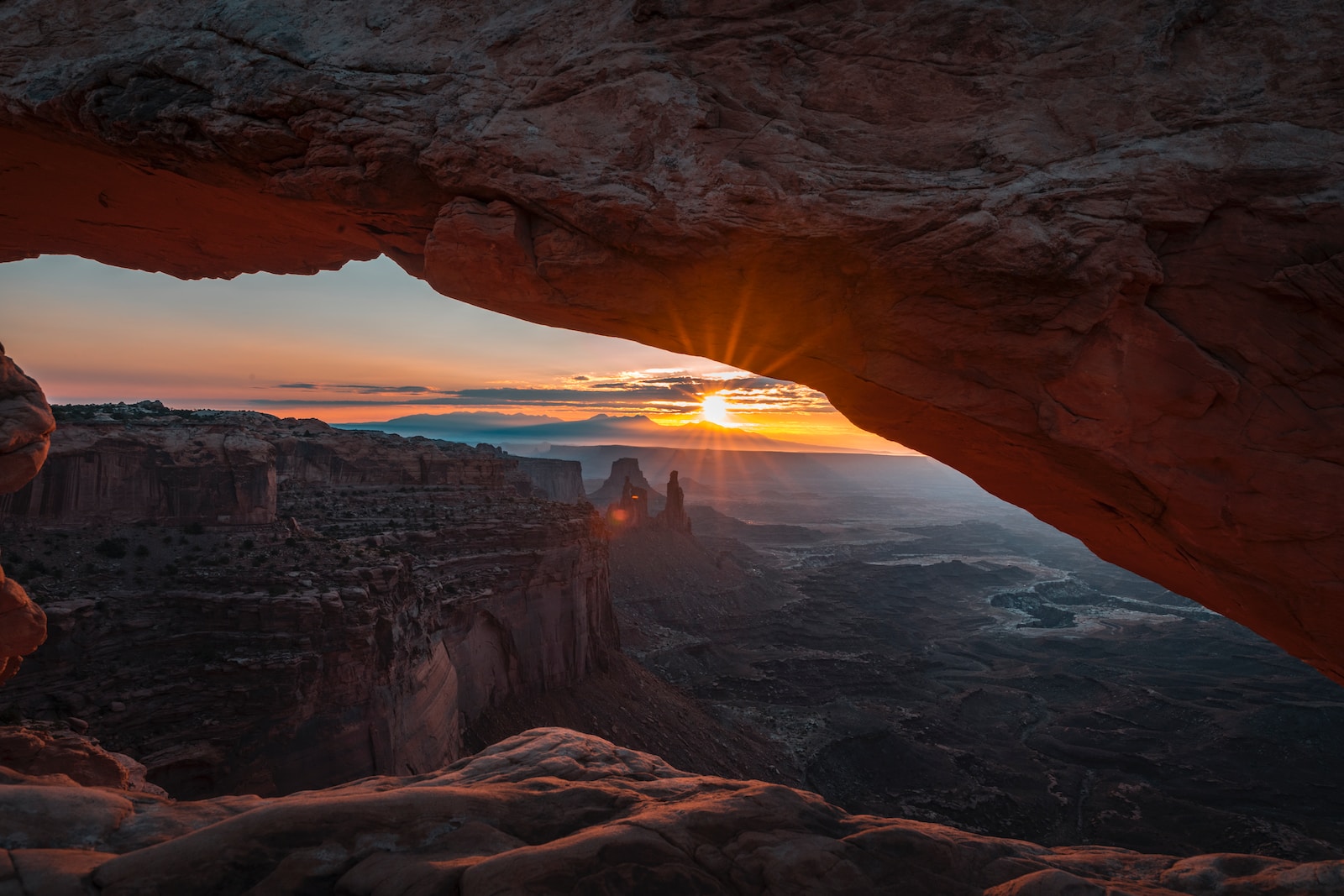Welcome to my blog, where we dive into the world of landscape photography and explore the art of capturing stunning landscapes with large format cameras. If you’re looking to take your photography skills to the next level or simply appreciate the beauty of nature, this blog is for you. Join me as we uncover the techniques, settings, and tips to create breathtaking landscape photos that will leave you in awe.
Table of Contents
- The Advantages of Large Format Cameras
- The Joy of Landscape Photography
- A How-To Guide: Capturing Landscapes with Large Format Cameras
- Frequently Asked Questions
- 1. What is landscape photography?
- 2. What are large format cameras?
- 3. Why should I use a large format camera for landscape photography?
- 4. What are some tips for capturing stunning landscape photos?
- 5. Are large format cameras difficult to use?
- 6. Can I use large format cameras for other types of photography?
- Wrap Up
The Advantages of Large Format Cameras
Large format cameras offer a unique and distinct advantage when it comes to capturing landscapes. Their ability to capture immense detail and showcase the vastness of a scene sets them apart from other camera formats. With a larger film or sensor size, large format cameras produce high-resolution images that are sharp and rich in detail.
The Importance of Proper Technique
Using a large format camera requires a different approach compared to other camera types. It’s crucial to understand and master various techniques to make the most out of these powerful devices. From setting up your camera in the field to adjusting focus and exposure, we’ll explore the essential techniques that will elevate your landscape photography game.
Tips for Choosing the Right Equipment
Investing in the right equipment is vital for achieving exceptional landscape photos with large format cameras. We’ll discuss the key factors to consider when selecting a camera, lens, tripod, and other essential accessories. Discover the equipment that best suits your needs and maximizes the potential for capturing breathtaking landscapes.
Exploring Composition and Light
Creating compelling compositions and effectively utilizing light are crucial elements in landscape photography. We’ll explore various composition techniques, including the rule of thirds, leading lines, and framing, to create visually stunning landscapes. Additionally, we’ll delve into the significance of different lighting conditions and how to make the most of natural light to enhance your images.
Overcoming Challenges in the Field
While capturing landscapes with large format cameras can be immensely rewarding, it also presents unique challenges. From managing depth of field and focus to dealing with long exposure times, we’ll address common obstacles and provide practical solutions that will assist you in overcoming these challenges during your photography expeditions.
The Joy of Landscape Photography
Did you know? The term “landscape photography” was first coined by artist George Donaldson in 1853. Since then, this genre has captivated photographers and enthusiasts around the world, allowing them to explore and document the beauty of our natural surroundings.
Preserving Nature through Photography
Landscape photography not only allows us to capture and appreciate the beauty of the natural world but also serves as a tool for conservation. Through our lenses, we can raise awareness of environmental issues and inspire others to appreciate and protect the landscapes that surround us.
The Art of Storytelling
Every landscape photograph has a story to tell. We’ll delve into the art of visual storytelling, discussing how to effectively communicate emotions, convey a sense of place, and capture the essence of a landscape through photography. Learn how to create compelling narratives that evoke a connection between viewers and the natural world.
Exploring Different Landscape Photography Styles
From sweeping vistas and majestic mountains to serene seascapes and intimate details, landscape photography offers a wide range of styles to explore. We’ll delve into various genres within landscape photography, including panoramic photography, black and white landscapes, long exposure, and minimalism. Discover your unique style and unleash your creative vision.
Post-Processing Techniques for Stunning Results
While capturing a great photo in-camera is important, post-processing plays a significant role in enhancing your images further. We’ll provide valuable tips and techniques for post-processing landscape photographs, from adjusting exposure and color balance to fine-tuning sharpness and removing distractions. Develop your editing skills to bring out the full potential of your landscape images.
A How-To Guide: Capturing Landscapes with Large Format Cameras
Capturing stunning landscape photos requires attention to detail, patience, and the right equipment. In this guide, we will explore the techniques, settings, and tips for capturing breathtaking landscapes with large format cameras.
1. Choose the Right Camera and Lens Combination
Selecting the right large format camera and lens combination plays a crucial role in capturing impressive landscape photos. Consider factors such as image quality, focal length, and the ability to capture wide-angle shots. A camera with a large film or sensor size, like the 4×5 or 8×10 format, is ideal for preserving intricate details and producing high-resolution images.
2. Plan Your Composition and Use the Rule of Thirds
Before you embark on your landscape photography adventure, take the time to plan your composition. Identify the main subject or focal point and position it using the rule of thirds. This rule suggests dividing the frame into thirds both vertically and horizontally, placing the subject or key elements along these lines or their intersections. This helps create a visually appealing composition that draws the viewer’s eyes.
3. Utilize Filters for Optimal Lighting
Filters are essential tools in landscape photography, particularly when using large format cameras. Graduated neutral density filters help balance exposure between the bright sky and darker foreground, while polarizing filters reduce glare and enhance color saturation. Experiment with different filters and adapt them to the lighting conditions to achieve the desired effect in your landscape photos.
4. Mind Your Depth of Field
Depth of field plays a vital role in landscape photography, especially when capturing expansive scenes. To maximize the sharpness and clarity throughout your photo, choose a small aperture (higher f-stop) to achieve a greater depth of field. However, be aware that smaller apertures require longer exposure times, so stable tripods and patience are essential to avoid blurring caused by camera shake.
5. Don’t Underestimate the Importance of Lighting
Lighting is a crucial element that can make or break your landscape photos. The best time to capture landscapes is during the golden hours, which are shortly after sunrise and before sunset when the light is soft, warm, and casts long shadows. Take advantage of the soft, directional light and experiment with different angles to add depth and dimension to your images.
6. Be Patient and Embrace the Magic of Nature
Photographing landscapes with large format cameras requires patience and a deep appreciation for nature. Take your time to observe the environment, the interplay of light and shadow, and how the elements interact with each other. Be ready to make adjustments and wait for the perfect moment to capture the essence and beauty of the scene before you.
By following these techniques and tips, you can enhance your landscape photography skills and capture breathtaking images with large format cameras. Explore the world, be inspired, and let your creativity flow as you embark on your landscape photography adventures.
Frequently Asked Questions
1. What is landscape photography?
Landscape photography is the art of capturing outdoor scenery, such as mountains, beaches, and forests, to showcase the beauty of nature.
2. What are large format cameras?
Large format cameras are professional-grade cameras that use sheet film or individual frames to capture images. They offer higher resolution and greater control over depth of field.
3. Why should I use a large format camera for landscape photography?
Large format cameras yield incredibly detailed images due to their larger image sensor. They also allow for extensive adjustments in settings, resulting in superior image quality.
4. What are some tips for capturing stunning landscape photos?
– Scout locations in advance to find the best compositions and lighting conditions.
– Use a tripod to ensure sharpness and stability.
– Utilize a wide-angle lens to capture expansive views.
– Experiment with different shutter speeds and apertures to create desired effects.
– Pay attention to the golden hour, when the light is soft and warm.
5. Are large format cameras difficult to use?
Large format cameras require a learning curve and more time for setup compared to smaller cameras. However, with practice and familiarity, they become easier to handle and provide rewarding results.
6. Can I use large format cameras for other types of photography?
Absolutely! While large format cameras are commonly associated with landscape photography, they can also be used for architectural photography, still life, and even portraiture.
Wrap Up
Capturing landscapes with large format cameras can be a rewarding and immersive experience. By following the techniques, settings, and tips discussed in this blog, you can take your landscape photography to new heights. Remember to research locations, plan your shoots, and select the right equipment.
Experiment with different compositions, utilize the golden hour, and make use of the unique characteristics of large format cameras to create stunning and impactful images. Don’t be afraid to step out of your comfort zone and explore the possibilities that this format offers.
We hope this blog has provided valuable insights and inspiration for your future landscape photography endeavors. Share your experiences, ask questions, and engage with other photography enthusiasts in the comments below. Let’s build a community of passionate landscape photographers!



